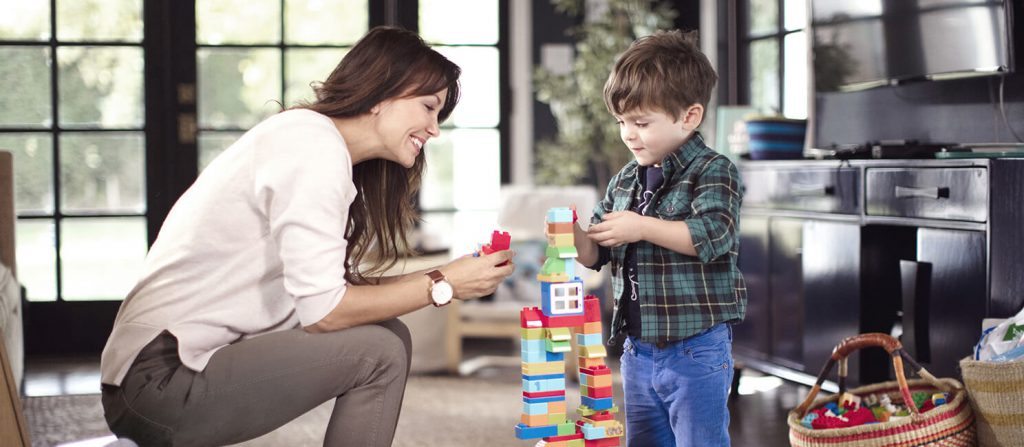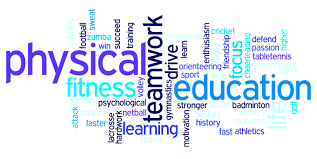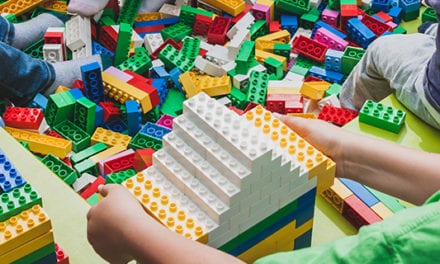Can your daughter’s favourite princess help her learn to navigate tough social situations? Can his Pokémon card collection advance her literacy? Can a set of blocks help them understand important STEM skills? The answer is yes, if they’re used thoughtfully.
Play-based learning is incredibly powerful. When you use toys and objects that are familiar to a child, you’re setting up an environment that is conducive to education. Kids will embrace learning because to them it’s not work — it’s play, and it’s fun!
Get started with these 10 easy ideas for using toys and everyday objects you already have in your home.
1. Toy stories: Try creating your own mini stop-motion animation. Go lo-fi and have your child take pictures of stuffed animals in different poses. Then download the images to the computer and add chat clouds to create a story line.
2. Sports cards: Collecting sports cards is a classic childhood activity. Get out the collection and practice some important sorting skills when your child organises them by stat, alphabetical order, player’s age, etc.
3. Dolls and figurines: Set up unique scenarios by playing dolls and action figures with your child. Use the characters to play out problem-solving scenarios or practice social skills.
4. Science scavenger hunt: Collect small toys and place them in ice cube trays. Fill with a mixture of baking soda and water and freeze. Let kids discover what’s inside by pouring vinegar on the cubes and discuss the chemical reaction.
5. Diorama: Does your child have a favourite scene from a movie or TV show? Have them create a diorama that represents that scene using a shoe box, toys and craft supplies.
6. Fan fiction: Have children draw pictures or write a play that continues a favourite book or movie. This inspires creativity and builds writing skills. Bonus: Act out the play with toys afterwards.
7. Build: Research famous architectural monuments and then use blocks to build replicas. This activity is a fun way to learn history and geography while boosting engineering skills.
8. Fun dough: Craft dough has endless learning potential. Use it to mimic famous art. Build some favourite cartoon characters. Roll it out and use toys to stamp prints. Roll it into balls and use them to practice math skills. Mix to learn about colour changes.
9. Role play: Imaginary play can be extremely educational, so dress up with your kids and role play. Set up scenarios to act out historical events, or practice situations at school that help boost emotional IQ.
10. LEGO®: Use LEGO® Bricks to build themed projects. This type of play strengthens STEM knowledge as well as fine motor skills and Creativity.
Remember, play-based learning is highly effective and a great way to help your child develop a lifelong love of learning. Virtually any toy can become a developmental toy with some thoughtful planning and the right frame of mind.





